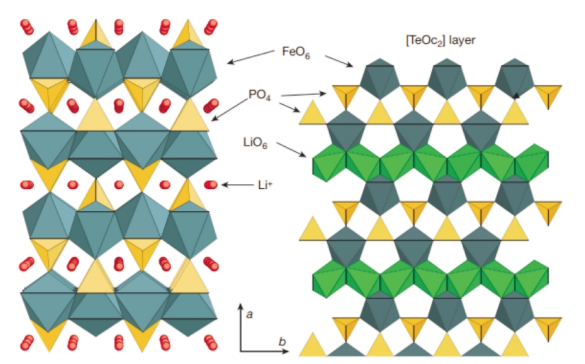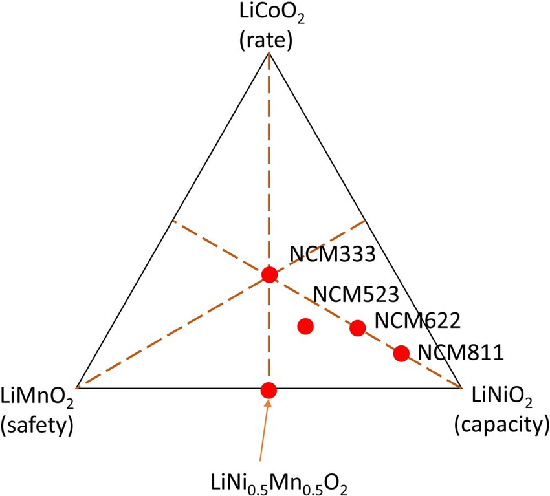Categories
New Blog
What Is The Difference Between LFP And Ternary Battery?
October 15 , 2024
What is the difference between LFP and ternary battery?
With the rapid development of the new energy market, lithium batteries, as its core power source, are becoming increasingly diverse in types. Among them, lithium iron phosphate and ternary lithium are currently the two most widely circulated batteries in the battery market. Below, we will focus on introducing these two types of batteries and understand their differences.
Lithium Iron Phosphate Materials and Batteries
The cathode material of lithium iron phosphate batteries is lithium iron phosphate(LiFePO4), which has an olivine type structure. This material is inexpensive, environmentally friendly, non-toxic, and highly safe. However, its relatively low electronic conductivity can affect the charging and discharging performance of the battery. The charging and discharging process of LiFePO4 material mainly involves the transition between LiFePO4 and FePO4 phases, with a small volume change rate, making the material extremely stable. Therefore, the safety and stability of lithium iron phosphate materials and batteries are beyond doubt.

Figure 1-Model diagram of lithium iron phosphate material
Ternary lithium-ion battery(NCM) refers to a lithium-ion battery that uses three transition metal oxides of nickel, cobalt and manganese as positive electrode materials. Because it combines the advantages of lithium cobalt oxide, lithium nickel oxide and lithium manganese oxide, its performance is better than any single component positive electrode material above. Experimental analysis shows that three elements with different valences form a superlattice structure, and there is an obvious synergistic effect between the three components, making the material more stable, and the discharge platform is as high as 3.7V/3.8V, so it is considered to be one of the most promising positive electrode materials. Ternary batteries have excellent electrochemical properties such as high energy density, good safety and stability, support for high-rate discharge, and moderate cost advantages. They have been widely used in small and medium-sized lithium-ion battery fields such as consumer digital electronic products, industrial equipment, and medical instruments, and have shown strong development potential in power lithium-ion battery fields such as intelligent robots, AGV logistics vehicles, drones and new energy vehicles.
Ternary lithium is mainly divided into these types according to the element ratio of the positive electrode material: NCM111, NCM622, NCM811, NCM523, etc.

Figure 2-Phase diagram of the ternary system between LNO, LCO and LMO
Comparative analysis of two materials and batteries
Ternary materials contain rare metals such as Ni and Co, and their cost is higher than that of lithium iron phosphate. With the improvement of materials and battery technology, the cost of ternary and lithium iron phosphate batteries has dropped significantly. At present, the market price of ternary batteries is higher than that of lithium iron phosphate batteries. At the same time, compared with the environmentally friendly Fe and P elements, the Ni and Co elements in the ternary materials and batteries are more polluting to the environment. Combined with the above factors, the demand for environmental control and waste recycling of ternary materials and batteries is more urgent.
Acey New Energy as a high-tech enterprise, is specialized in researching and manufacturing of high-end equipment for lithium-ion batteries. Our business covers lithium ion battery materials, lab-scale fabrication machine, battery pack assembly line and super capacitor production equipment. We can not only provide production equipment for cylindrical cell, coin cell, and pouch cell lithium-ion batteries, but also provide one-stop solutions for lithium battery cell&pack production line. If you have any questions about lithium battery cells or pack production, we can provide you with professional technical support and guidance, please feel free to contact us!